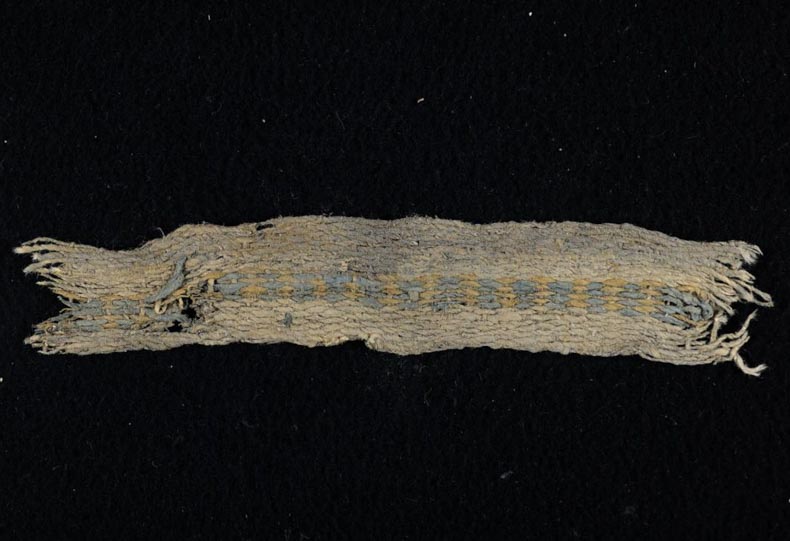Vintage Indigo? You Ain’t See Vintage Like This
So, you think those blue jeans pulled out of a mine from 100 years ago are old, you ain’t seen nothing yet! Archaeologists studying fragments of cloth from excavated from Huaca Prieta, a site in northern Peru, have discovered that Indigo was used to dye the yarns used to make items such and bags and containers.
“The textiles were originally very, very dirty. You could see blue in some of the samples but they were mostly grey. You know how your blue jeans fade over time? Well, these were like 6,000-year-old blue jeans.”
Jeffrey Splitstoser, Archaeologist
And Just How Do They Know?
The researchers used a technique known as “high performance liquid chromatography” to identify plant based indigo dyes in several of the samples. The age of these fabrics go back a good long way, from about 6200 to 1500 years ago. Up until now, the oldest known use of Indigo dye came from Egypt 2400 years ago.

The Origin of Domestic Cotton
Just as fascinating is the cotton. It seems that cotton was domesticated (made suitable for large-scale farming) independently in a few spots around the globe including South Asia, the Middle East, and Mesoamerica. However, it is believed that Peru holds the title of the earliest known domesticated cotton. The region’s native cotton is known as Gossypium barbadense – you may well know it by it’s more common name, Pima cotton. This cotton and hybrids of it make up the bulk of the cotton industry today.
The Next Denim Trend
So have a glance down at your jeans, the great great, many times great grand daddy of the cotton plant that made those jeans was probably being indigo dyed too. Next trend in denim, indigo dyed loincloth? Brings new meaning to blue balls.
For the full article head over to the National Geographic website.
Photography courtesy of Lauren A Badams.


